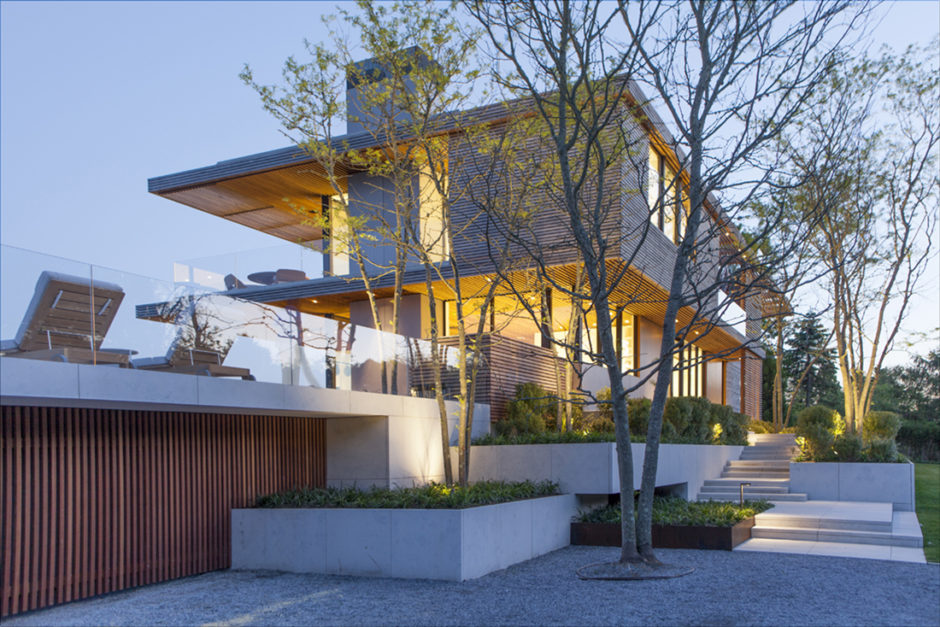
Pond View House
Located on the water’s edge of a narrow peninsula, this residence is oriented toward a coveted panoramic view of layered bay scenery and distant vistas of the Atlantic Ocean. The residence and pool pavilion were conceived as lightweight structures balanced upon an elevated plinth that converse with each other across a vanishing edge pool and terraces.
Approaching the property alongside a body of water and navigating a gravel driveway and louvered gate, the pool house accessory building gestures towards the parking court and house beyond. The podium runs the width of the narrow site to raise the ground floor above the floodplain and separates the initial space of arrival from the elevated activity spaces. An opaque slatted wood wall precludes views through the site to engender a sense of anticipation when moving across the property. Meandering masonry planters and steps ascend to the entrance where a framed view of the primary vista is revealed through the depth of the house. Thereafter, routes to distinct destinations that support the primary indoor and outdoor living spaces are navigable – including a pool house, a verdant path to a dock, and a roof deck with 360 degree water views.
The project’s planning and massing conceptually adopt characteristics of the ubiquitous vista from the site. Reminiscent of picturesque compositions, the sinuous shoreline recedes dramatically into a deep perspective. The foreground scenery is a narrow creek that feeds into a larger body of water beyond, and further into the distance the beach and the ocean form the horizon, inspiring design strategies – compressing spaces and focusing views prior to revealing the broader site context, providing diagonal views and meandering paths, and providing shifts in design axis in order to relax elements of the plan. Site conditions also inspired textural effects and material selections, and provoked a strategy of concealing and framing layers of foreground and background areas.
Despite the slender proportion of the site on which to organize the structures, the ambiances achieved are varied. A type of ordered complexity was sought among the spaces and circulation routes and their orientations toward the landscape. Walls of glazing that occasionally pocket away entirely provide an open and unobstructed relationship with the landscape between major interior spaces and patios. The textural character of the wood siding and rhythm of the ceiling battens moderate the pronounced articulations in building massing and screens, and trellises provide diffuse and animated light and shadow.
Limestone floors and mahogany ceilings are used both in interior and exterior spaces, visually extending the inside to the exterior. Interior finishes are generally restrained – detailed as a calm backdrop for the occupants and their possessions. A material palette of glass, anodized aluminum, mahogany, and stone are selected for their ability to gracefully age, and also durability. Measures to reduce the structure’s ecological footprint include a substantial solar panel array, an advanced insulation system, and native low-maintenance and drought-tolerant landscaping. Other sustainable features include roof sedum planting, multigenerational accessible design, high performance glazing, and louvered sunscreens.
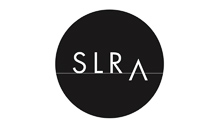
Stelle Lomont Rouhani Architects

====================================================================
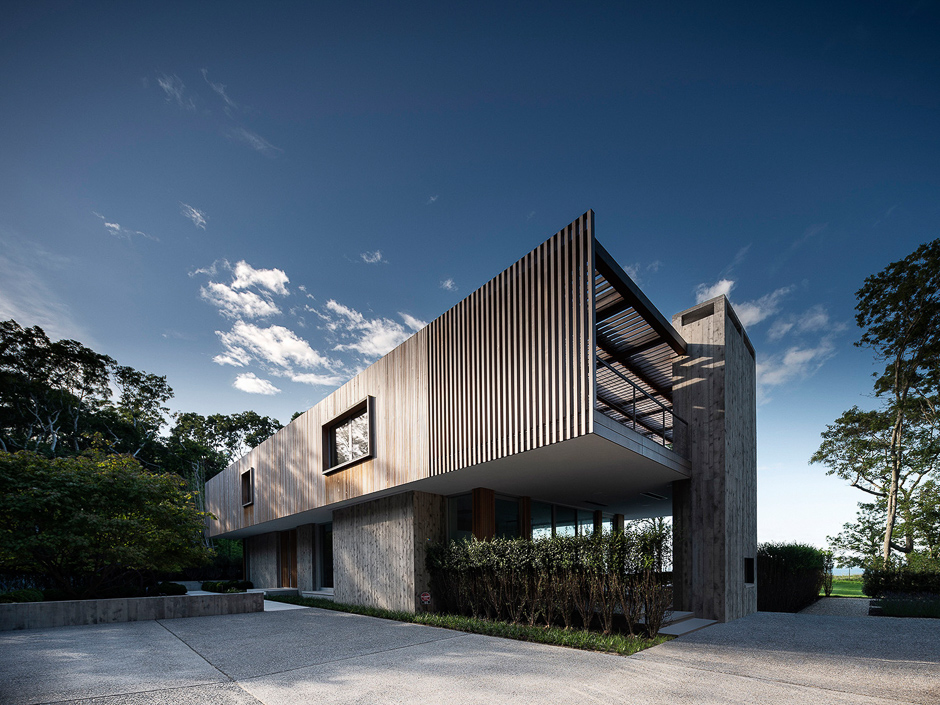
House on the Bluff
A north facing site, where woods meet bluff, is the context for this single family retreat.
A simple, south facing entry garden, reminiscent of a walled garden, provides a quiet and peaceful approach, while a covered, break in the board formed concrete walls denotes passage. Once inside, a two story, skylit space, frames an endless, blufftop view of the bay. The full height glass curtain wall that runs the length of the waterside, provides the void to the solid, concrete walls encountered in the garden.
The main floor constructed of mostly glass and concrete, is meant to be more pavilion like, with the doors and screens disappearing into pockets, and the more solid, but finely detailed Cedar clad floating volume above, contains all of the bedrooms and semi-private spaces.
A limited materials palette of glass, anodized aluminum, Cedar and concrete, were chosen for their low maintenance and sustainable characteristics.
Other sustainable features include geo-thermal heating and cooling, high performance glass and insulation, louvered sun screens and solar panels.
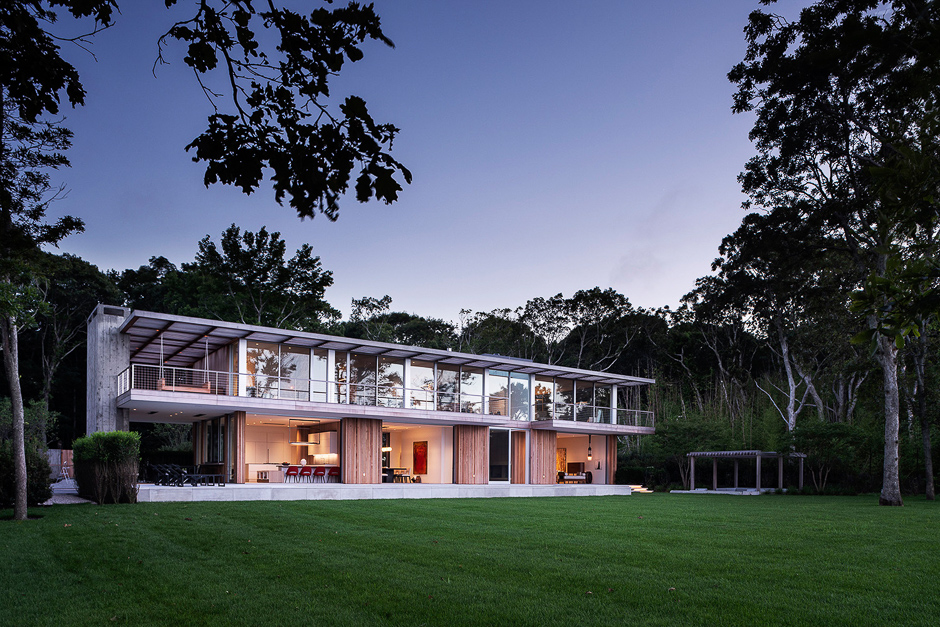

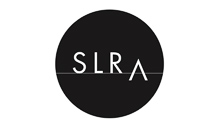
—————-
Visit AAQ / Resource:
Stelle Lomont Rouhani Architects — Ocean Bluff House + Springy Banks House
————————————–
www.stelleco.com
______________________________________________________________
